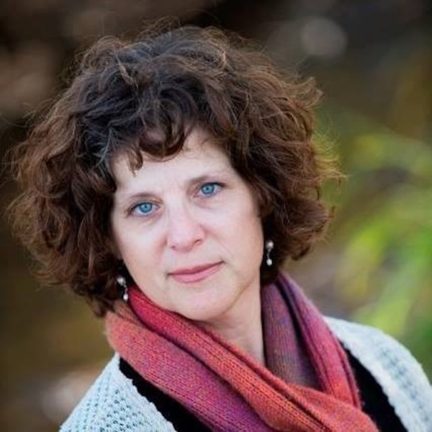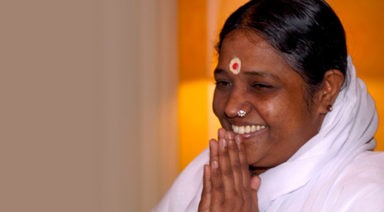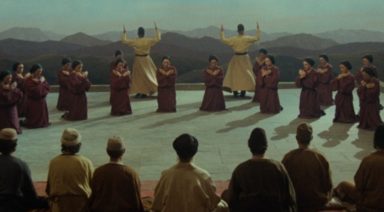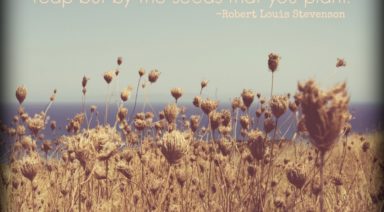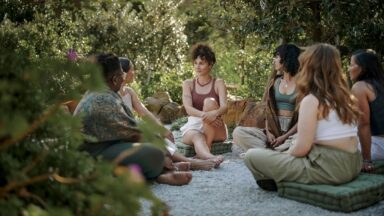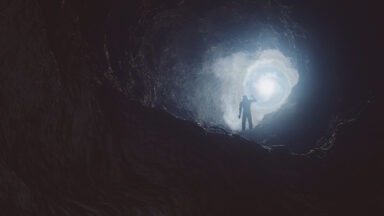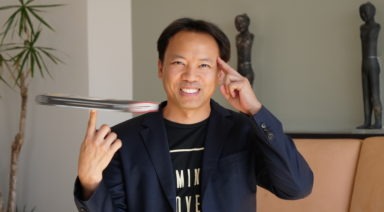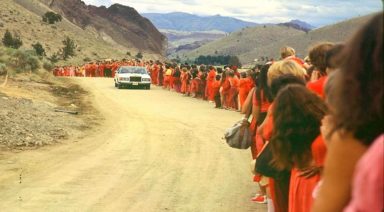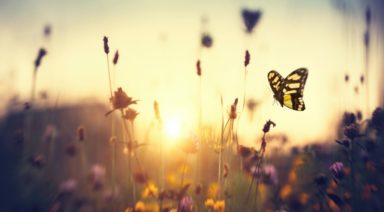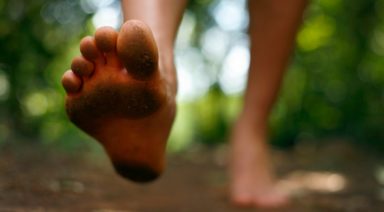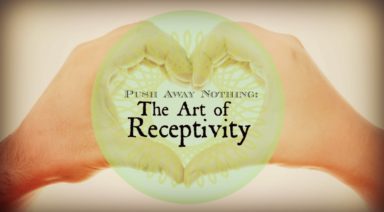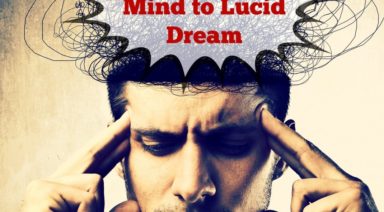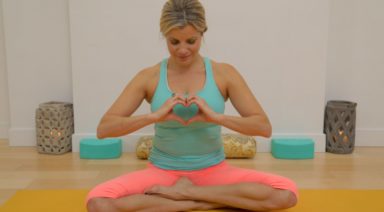Rudolf Steiner: A Soul In Love With Life
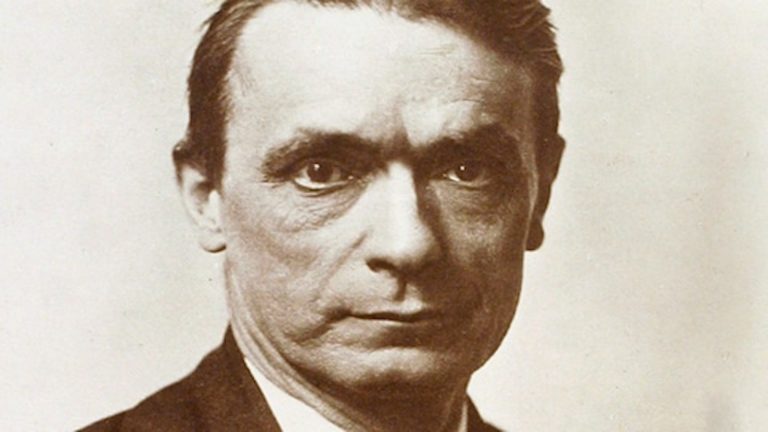
Philosopher. Educator. Architect. Esoteric. Spiritual Scientist. Rudolf Steiner was each of these and more — a man of multitudes, embracing the deeply scientific, as well as the higher realms of mystics. Considered an innovator and disrupter of traditional ideas, Steiner’s original thinking helped shape modern medicine, sustainable agriculture and economics, body-centered arts, spirituality, and holistic education. Many believe Steiner was one of the most “spiritually gifted and accomplished figures of the 20th century,” inspiring generations to achieve our highest human potential.
EARLY LIFE AND INFLUENCES
Born in 1861, Rudolf Steiner began his life in Pottschach, nestled in the lower Austrian Alps. Jonathan Stadall’s documentary, The Life of Rudolf Steiner, provides insight into Steiner’s formative years, ones in which he was free to explore nature while exposed to the power of the railway, where his father was stationmaster. This juxtaposition of nature and science shaped Steiner as he worked to find a bridge between the two.
From his earliest years, Steiner was a spiritually-attuned child. At nine years old, he was reportedly visited by the spirit of a deceased aunt, which awakened in him a spiritual yearning.
In 1879, Steiner enrolled at the Vienna Institute of Technology where he studied physics, mathematics, biology, botany, chemistry, and zoology, as well as his true interests, philosophy and literature.
Despite his parents’ wish for him to become an engineer, Steiner was drawn to the writings and ideas of 19th century philosopher Immanuel Kant, as well as Johann Gottlieb Fichte, and Friedrich Wilhelm Joseph Schelling, leaders of German Idealism, a philosophical movement centered on consciousness as the “only knowable thing.”
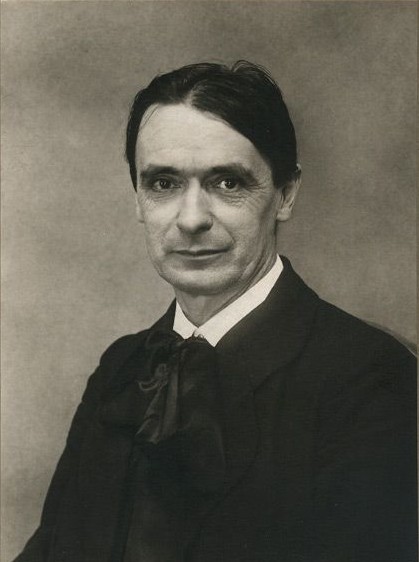
Steiner in 1915 — photo courtesy of the Center for Anthroposophy.
During this time, Steiner met Felix Koguzki, a licensed herbalist and clairvoyant. Despite the stark age difference, in Koguzki, Steiner found a spiritual confidante: “With [Koguzki], one could look deeply into the secrets of nature…explain each plant out of its essence…When [Koguzki] spoke about leaves or trees and…about the wonderful essence of his healing herbs, on felt how his soul was intimately connected with all that constituted the spirit of nature…” This seminal relationship would form Steiner’s theory of biodynamic agriculture, a spiritually-grounded relationship to the natural world.
Steiner and Goethe
In addition to Koguzki, the most lasting influence for Steiner was Johann Wolfgang von Goethe (1749-1832,) whose writings he encountered as an undergraduate student. Steiner was drawn to Goethe’s romanticism and the writer’s belief in humanity’s potential for spiritual development through a developed relationship with oneself and the natural world. Steiner wrote in The Story of My Life: “When I look back…I have to say to myself that I owe to [Goethe] in large measure the evolution of my spiritual experience of knowledge.”
Steiner’s quest for spiritual community led him to the growing Theosophy movement where he quickly moved up in the ranks. In 1902, he became president of the German Theosophical Society, beginning an intense period of lecturing and publishing on primarily Christian-focused themes. For Steiner, Christ represented the singular transformative consciousness for humanity. This belief eventually put him at odds with the direction the Theosophy movement was taking when one of its ranking members advocated for expanding the movement to include Jiddu Krishnamurti.
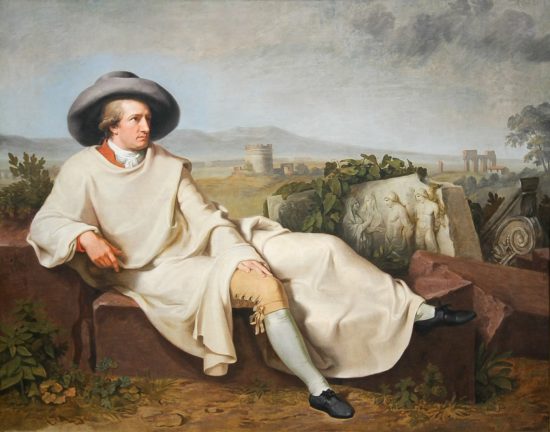
Goethe by Johann Henrich Wilhelm Tischbein, 1787
Anthroposophy: A Philosophy of Freedom
After his break with Theosophy, Steiner founded Anthroposophy, a philosophical method, and spiritual practice. Rooted in the philosophies of Aristotle, Plato, and the German Idealists, anthroposophy is also known as the “spiritual science.” The central theme is that humans can achieve a unified and highly developed consciousness through nurturing the soul and through a disciplined development of one’s imaginative, inspirational, and intuitive faculties. Anthroposophy is more than a conceptual philosophy; it represents a path of practice and research with numerous applications including biodynamic farming, anthroposophic medicine, and Steiner-influenced Waldorf education.
Steiner and the Birth of Biodynamic Agriculture
In 1924, Steiner gave a series of eight lectures that would forever influence agriculture, and which, according to the Rudolf Steiner Archives, established a way of farming that extended beyond organics to “working with the cosmos, earth, and spiritual entities,” becoming what is referred to as biodynamic agriculture. According to the Biodynamic Association, Steiner prescribes “specific ‘preparations’ for the soil, as well as other distinct methods born from his profound understanding of the material as well as spiritual worlds…Decades later, biodynamic agriculture continues to flourish with these key components at its center.”
- Treating every biodynamic garden or farm as a living organism
- Listening to the land for what wants to emerge and grow
- Joining animals and plants together to support the land’s health
- Working in rhythm with the earth and cosmos
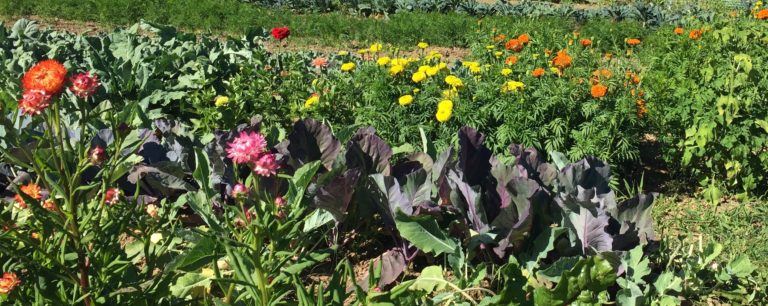
A biodynamic garden.
Anthroposophic Medicine: Integrative, Holistic, and Spiritual
A natural extension of Steiner’s biodynamic philosophy would soon impact the healing arts; In 1920, Steiner and Ita Wegman co-founded what is now known as anthroposophic medicine. Often combined with conventional medicine, this approach utilizes plants, minerals, art therapy, eurythmy (a body-based system of integrating music and movement), massage, and psychotherapy that also incorporates spiritual insight into the diagnostic, treatment, and healing process.
According to Health-Technology Assessment, which publishes research on the effectiveness, costs, and broader impact of health technologies, a recent report of 265 clinical studies showed high levels of satisfaction with this modality. Today, anthroposophic medicine is established in more than 80 countries treating those with acute and chronic ailments.
In the United States, anthroposophic medicine is offered in medical school programs, including the University of Michigan’s Integrative Family Medicine program, as well as programs through the Physician’s Association of Anthroposophic Medicine (PAAM), the School of Spiritual Science International Postgraduate Medical Training program, and the International Federation for Anthroposophic Medical Associations, among others.
Rudolf Stenier and Waldorf Education
Post-WWI European society was fractured and damaged. Steiner believed that in order for society to heal and recover, a new social order was required; one that included an innovative, holistic, and individualized approach to education. In 1919, after delivering a lecture on this topic at the Waldorf-Astoria cigarette factory in Stuttgart, Germany, Steiner was approached by the Emil Molt, the factory owner, to establish a school for factory workers’ children based on these ideas. Later that year, the first Steiner-inspired school, the Independent Waldorf School, was established with North America, embracing Steiner-influenced Waldorf education. Currently, there are approximately 1,000 private and public Waldorf schools in more than 60 countries.
According to the Association of Waldorf Schools in North America (AWSNA) the Steiner-influenced education model integrates “ the arts in all academic disciplines for children from preschool through twelfth grade to enhance and enrich learning.” For Steiner, “Waldorf education is not a pedagogical system but an art — the art of awakening what is actually there within the human being.” In Martin Ashley’s “Education for Freedom: The Goal of Steiner/Waldorf Schools,” a Waldorf education in comprised of seven distinctive components:
- Educating the Whole Child
- Attention to Child Development
- Goal of Individual Freedom
- Deep Relationships of Teachers to Students
- Emphasis on Oral Traditions
- Role of Ritual and Tradition
- Role of Art and Creativity
Education’s purpose was very clear, according to Steiner: “The need for imagination, a sense of truth, and a feeling of responsibility – these are the three forces which are the very nerve of education.”
- Imagination. Waldorf schools integrate the arts fully into the curriculum, including knitting, drawing, music-making, theater, gardening, and movement. Steiner believed that drawing incorporated the entire being and is why visual and crafting arts are emphasized before writing. As well, the role of play, a central element of early Waldorf learning, encourages social skills and supports academic development by creating connections between skill, learning, memory, and creativity.
- Truth. With the emphasis on the individual’s learning path, a Waldorf education is intended to empower children toward their own true sense of themselves. A Waldorf education concentrates on cultivating a child’s unique emotional life in a nurturing and creative environment.
- Responsibility. Waldorf teachers model perseverance and responsibility for students with an enthusiastic attitude toward “purposeful work.” Additionally, many Waldorf schools have gardens or small farms which allow students to learn about their relationship and responsibility to nature.
Steiner’s Legacy
Near the end of Steiner’s life, the National Socialist German Workers Party was taking hold in Europe. Steiner was vocal in his warnings against what was to become Adolf Hitler’s Nazi party. In fact, the 1923 Beer Hall Putsch in Munich led Steiner to leave Munich for Dornach, Switzerland where he died on March 30, 1925, while working on his autobiography.
Over his prolific life, Steiner produced over 40 volumes of written works, including essays, plays, poetry, and more than 300 lectures. His spiritual science influenced generations of farmers, educators, and healers, with a lasting impact on almost every aspect of modern life. Rudolf Steiner’s legacy is that he strived to live to his highest potential, as he inspired others to: “We will not find the inner strength to evolve to a higher level if we do not inwardly develop this profound feeling that there is something higher than ourselves.”
For more on Rudolf Steiner, check out the documentary: The Legacy of Rudolf Steiner
Amma: The Loving, Hugging, Humanitarian Saint

As of the date of this article, Amma has hugged attendees to her programs over 40 million times. Her free events attract thousands upon thousands of people, often taking place in football stadiums. In the early days, when 50 or 60 people were in attendance, Amma was known as “Ammaji” or “Ammachi.”
It was 1990 when I first met Amma. She was seated on a tattered, cushioned chair in the center of a small, basement room in The African-Methodist Episcopal Church in Central Square, Cambridge, MA.
The moment I walked into the room, I was so profoundly struck by Amma’s light and presence that I fell to my knees and bowed to her. I spent the rest of the day sobbing in absolute bliss, happily crouched in a corner. In addition to a few Swamis and helpers, there were less than ten other people in the room.
While indulging my tears, Amma caught my eye and invited me to her chair. I was so nervous, I could barely speak. I walked toward her, awkward and self-conscious, as if it were my first time walking. I bowed and she immediately took my hand, then gently bent me across her lap.
Amma then gently rubbed my body from head to toe while I cried. She massaged my scalp and forehead and patted my spine. Amma even squeezed my ears and tussled my hair. It felt as though I were embraced by the most loving bundle of light.
After 20 minutes of her healing touch, Amma lifted my head with her soft hands and pressed her cheek and lips against my ear. She lovingly whispered Sanskrit mantras to me as I absorbed every morsel of her love.

